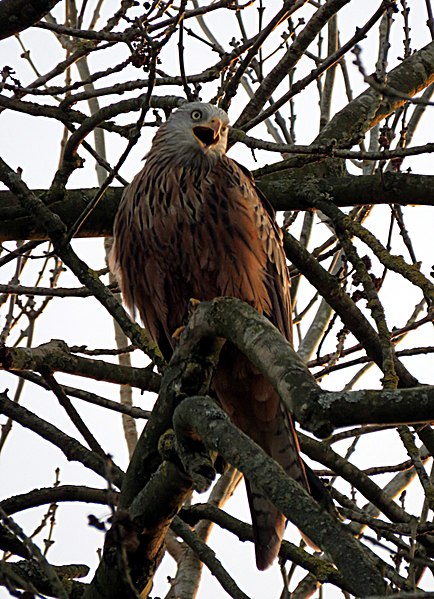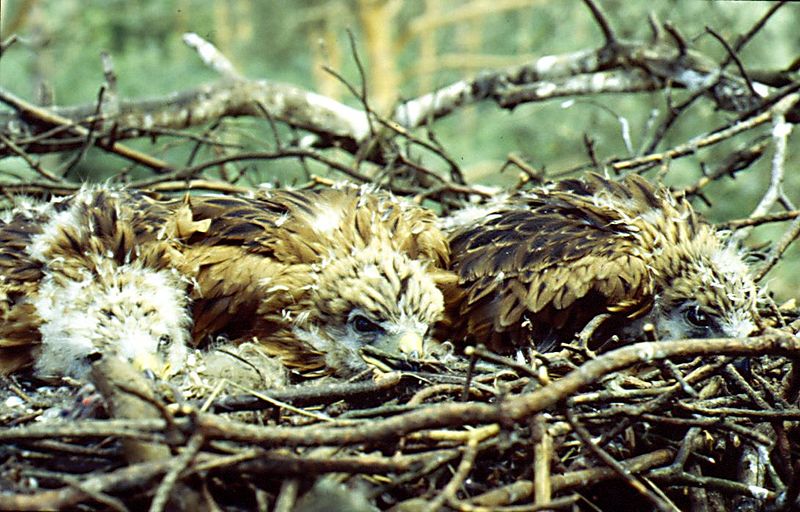A welcome sight for motorists leaving London for the Home Counties, red kites (Milvus milvus) with their striking reddish-brown plumage and distinctive forked tails, are often seen gracefully gliding through the skies. These elegant raptors, known for their iconic hovering over farmers’ fields as they scan for small prey, embody a remarkable conservation success story, having made a dramatic comeback from the brink.
Although they are predators, red kites primarily feed on carrion, playing a crucial role as part of nature’s ‘cleanup crew.’ By removing dead animals from the landscape, they help prevent the spread of disease in turn promoting healthier ecosystems for other species. This scavenging process not only reduces the risk of pathogens spreading but also recycles vital nutrients back into the soil, enriching the environment.
The red kite’s diet includes small mammals, birds, and insects. While they prefer broadleaf deciduous woodlands, their varied diet has allowed them to adapt to a range of environments, including expanding urban areas where they can now often be seen in suburban neighbourhoods.
Like many of the animals we have covered, red kites serve as an indicator species, with their presence signaling a healthy environment. As apex predators, their population is regulated by the availability of prey species, rather than the other way around, as is often believed. This dynamic indicates that the ecosystems they inhabit can support a robust and diverse range of wildlife, reflecting the overall health and balance of the food chains they are part of.
In medieval times, red kites were a common sight in towns and cities, where they were revered and celebrated for their vital role in keeping the streets clean by scavenging waste. However, by the 19th century, they faced the tragic fate shared by many other important and magnificent native creatures: mass persecution as vermin by hunters and landowners. This relentless hunting led to a catastrophic decline in their populations, pushing them to the brink of extinction across the British Isles, with only a few breeding pairs surviving in Wales.
Efforts to reverse this tragic decline began in the late 20th century with the launch of dedicated conservation initiatives. During the 1980s and 1990s, breeding pairs were reintroduced into areas from which they had been eradicated, including the Chilterns, the Black Isle in Scotland, and Harewood in Yorkshire. Thanks to these efforts, the red kite population has rebounded significantly, with an estimated 5,000 breeding pairs now thriving across Britain.
Today, as you travel across the country, the sight of red kites soaring high serves as a powerful reminder of nature’s resilience and the positive impact of concerted conservation efforts. These graceful birds are often highlighted in education and public advocacy as a testament to how small, dedicated groups can successfully bring a species back from nearly disappearing entirely.
The dramatic recovery of the red kite, alongside other species in recent decades, offers a beacon of hope in an era often overshadowed by dire news about climate change and habitat destruction. Time and again, dedicated organisations and local groups have demonstrated that it is possible to reverse environmental decline through focused efforts on habitat preservation, restoration, and informed species reintroductions. While there is still much work to be done, the sight of red kites soaring and hovering over England’s fields is a heartening reminder that positive change remains within our reach.

Young individual. Cookham

Three nesting Red Kites
